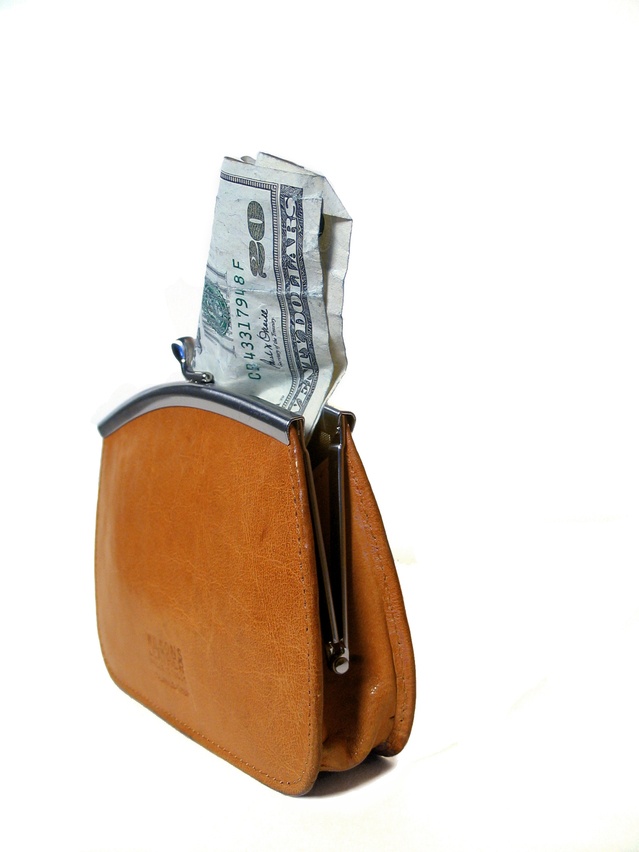10 Warehouse Management Tips To Optimize Productivity
Your warehouse productivity is directly linked to your ability to organize your operations and motivate your top performing employees. Ten great tips...
 Effective warehouse management can be summed up in three words – Control, Co-ordinate, Communicate. Today’s warehouse environment is more than a stock-holding location. Warehouses are multi-site, possibly multinational, centers which form an integral part of the overall supply chain logistics.
Effective warehouse management can be summed up in three words – Control, Co-ordinate, Communicate. Today’s warehouse environment is more than a stock-holding location. Warehouses are multi-site, possibly multinational, centers which form an integral part of the overall supply chain logistics.
Warehouses communicate with multiple retail outlets down the chain, and multiple supply centers up the chain. A well managed warehouse impacts everything from practical factors such as delivery, to more nebulous factors such as the company’s year-end profitability. These three warehouse tips are the foundation of success.
Control
Control is an essential part of warehouse management. Systems must be in place to ensure accurate inventory management. Poorly-managed warehouses are over-stocked, and so, hold “dead money” or they are under-stocked and waste money paying for emergency shipments or holding up production because parts are not available.
Well-managed warehouses deliver control. They have software systems in place that create and clarify the basics such as zone and bin placement of products, monitor future planned and current stock movements. They manage just-in-time (JIT) supply to multiple outlets, and from multiple suppliers.
All key performance indicators (KPIs) in a well-managed warehouse are continuously monitored, so staff members know that everything is under control or that they must take specific (and known) actions to correct performance shortfalls.
Co-ordinate
Well-managed warehouses co-ordinate all appropriate parts of the supply chain. The point of sale (POS) software tells the warehouse management what quantity of which products have left the retail unit, so must be replaced. This co-ordinates with the warehouse activity so stock is picked, packed, labeled and tracked. The warehouse co-ordinates the shipment with the receiving unit, so they know what will be delivered, and when. This, in turn, co-ordinates with up-line suppliers, so they can manage replacement deliveries.
Communicate
Well-managed warehouses are part of an integrated communications system. POS activity communicates with finished stock control, parts inventories and factored items. It also enables accounts integration to calculate cost of goods sold, held, etc. It also results in accurate calculations for lead times, hold times and delivery times.
More mundanely, but just as important from a profit standpoint, it generates accounts receivable and accounts payable data, so cash flow can be forecast as accurately as possible.
Final Comment
Well-managed warehouses utilize the latest systems to maximize efficiencies and to maximize profitability. Every complex system has pain points, well-managed systems have fewer of them, and that is the result of controlling what happens, co-ordinating so they happen as planned and communicating so what is planned is also expected.

Your warehouse productivity is directly linked to your ability to organize your operations and motivate your top performing employees. Ten great tips...

What kind of warehouse are you going to run? That is the question. An even better question may be: how do want your clients and prospects to perceive...

5 Ways To Cut Out Overspending In Your Warehouse Operations So, you want to know to how reduce the spending when operating a warehouse? It takes a...